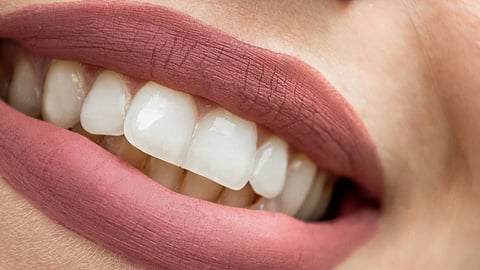Safety, Side Effects, and Maintenance
When performed by a dental professional, laser whitening is considered safe. Some patients may experience temporary tooth sensitivity or mild gum irritation, but these effects are usually short-lived. Rarely, overuse or improper application can lead to enamel damage, which is why professional supervision is crucial.
It’s important to remember that whitening results are not permanent. With good oral hygiene and occasional touch-up treatments, results can last up to two years. Avoiding staining foods and drinks, and not smoking, will help maintain your new smile.
Final Thoughts
Laser teeth whitening represents an exciting advancement in cosmetic dentistry, combining efficiency, comfort, and aesthetics. It is a safe and effective way to achieve a brighter smile and boost confidence.
References
1. Anagnostaki, Eugenia, Valina Mylona, Steven Parker, Mark Cronshaw, and Martin Grootveld. 2023. "Assessing the Viability of Laser-Activated Dental Bleaching Compared to Conventional In-Office Bleaching Methods: A Systematic Review of Clinical and In Vitro Studies." Applied Sciences 13, no. 22: 12459. https://doi.org/10.3390/app132212459.
2. Möbius, Danny, Andreas Braun, and Rene Franzen. 2024. "Evaluation of Tooth Color Change After a Bleaching Process with Different Lasers." Odontology 112: 872–883. https://doi.org/10.1007/s10266-023-00886-x.
By Dr. Yashvi Singh, BDS
MSM/TLT


